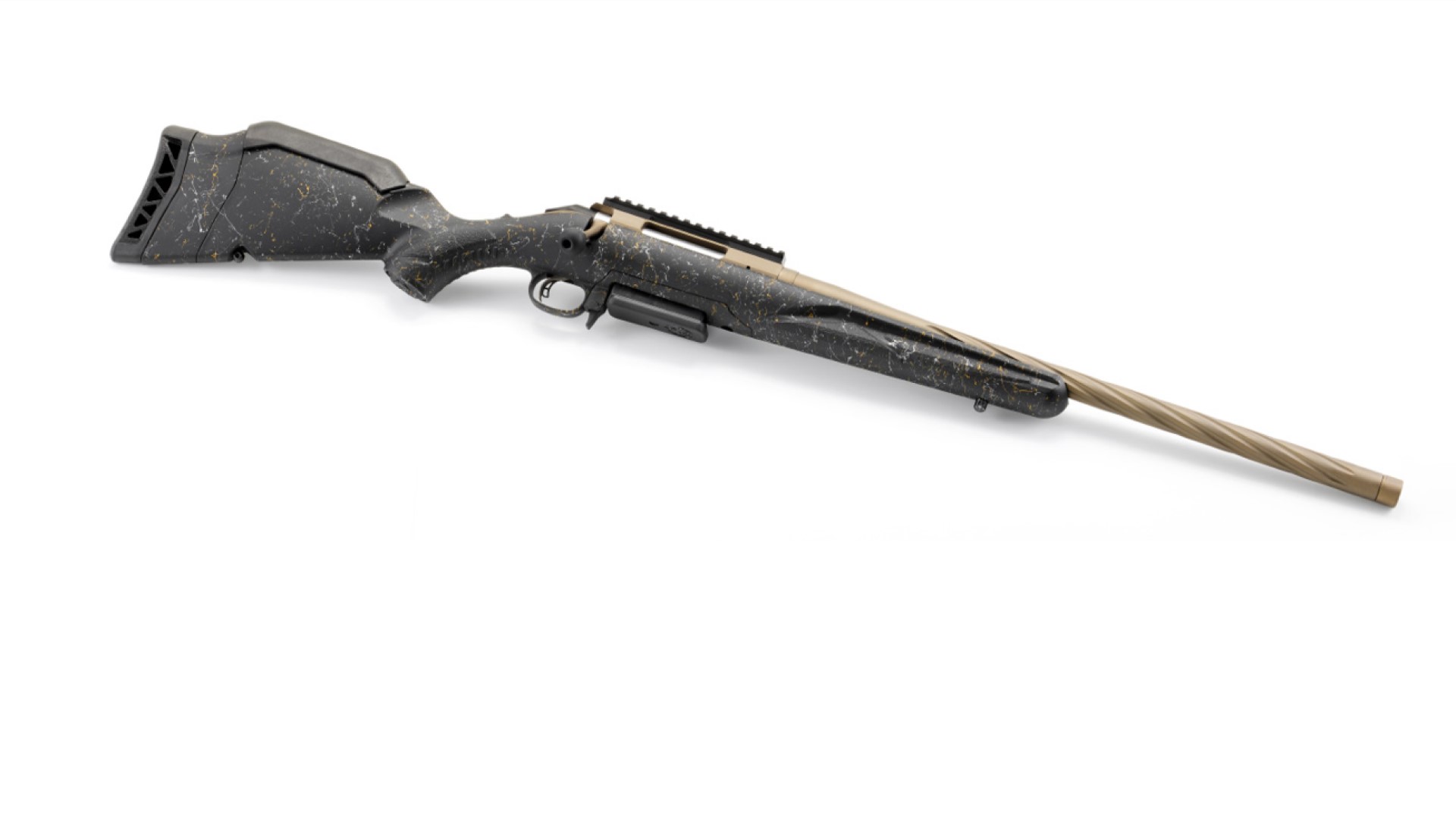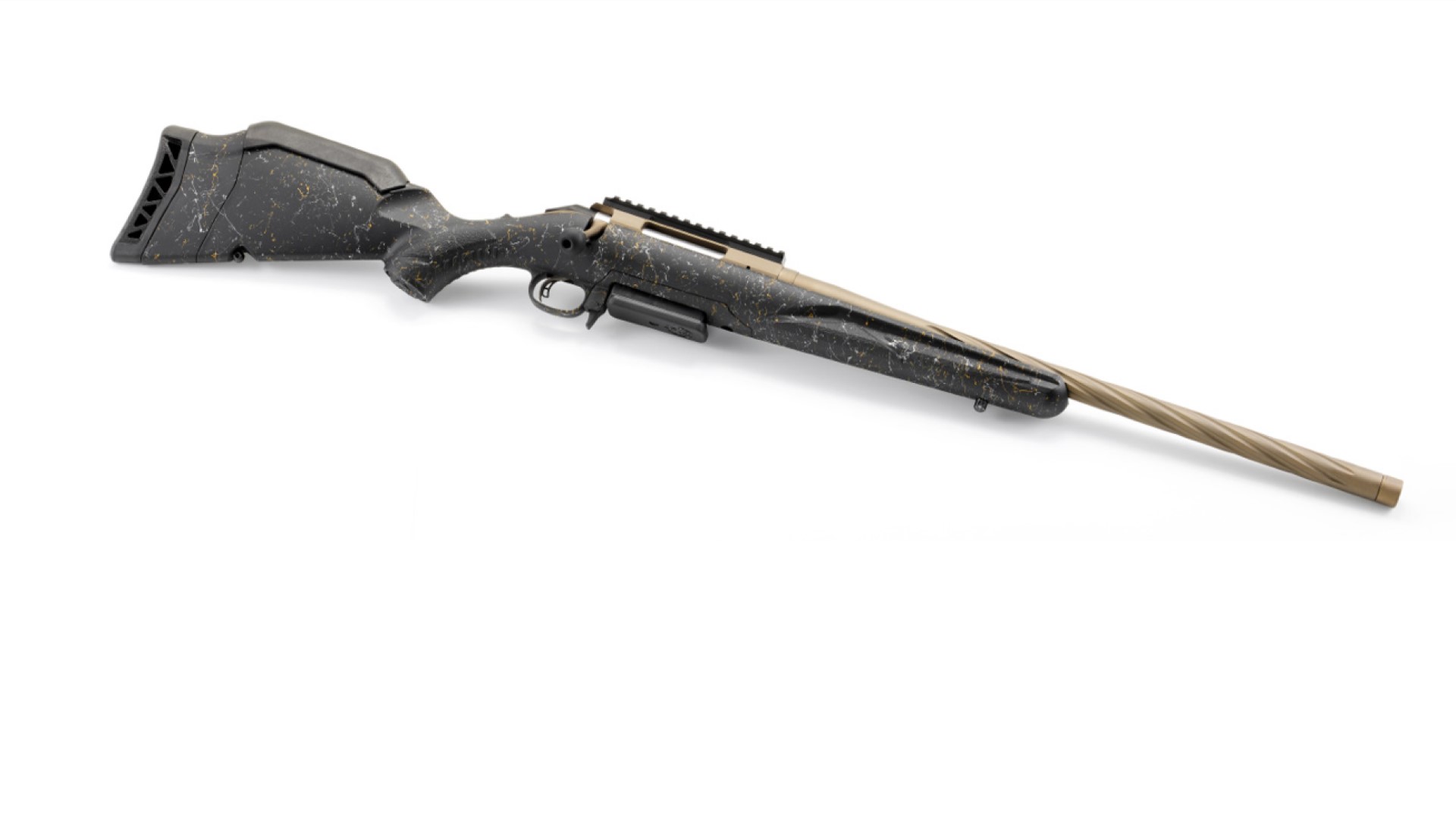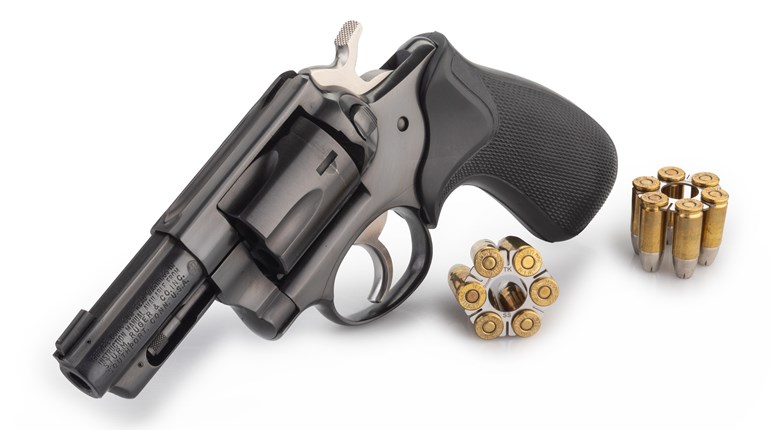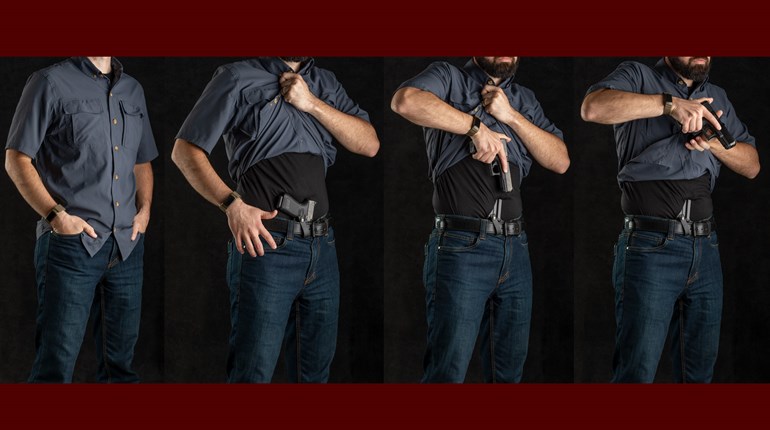
I am continually amazed at the people who will go to the trouble of buying a decent quality defense gun and then stick it in just any old holster that they happen to run across. Or they will select a holster that is clearly not suited for them. Over the years, I’ve seen some pretty bad examples of this kind of decision making.
I knew one fellow who bought a pretty nice Smith & Wesson revolver and then paired it with a really cheap in-the-pants holster. This holster was extremely soft and floppy and came with one of those little metal clips that was supposed to keep the holster attached to his pants. The rig was so cheap that most of the time when he drew the gun, the holster came with it. It is extremely difficult to look professionally defensive when you have a floppy holster hanging off the end of your gun barrel.
A police officer that I once worked with was really excited when he bought a break-front holster for his 4-inch Colt Python. These holsters were split down the front and were designed for the gun to be pushed through the front of the holster instead of being drawn out the top. Sgt. Uland once demonstrated his fast draw at our squad meeting—he whipped the gun out and we watched it sail across the squad room and bounce off the wall. The holster was actually pretty well made; it just wasn’t one that this particular officer was suited to.
Finally, I know one woman who simply refuses to spend the extra money for a purse with a dedicated pistol pocket in it. She chooses to carry her personal defense gun in a regular purse, down there with all the other stuff that goes into women’s purses. When she goes for her gun it usually results in a blinding 3-minute fast draw, as she digs for it amongst her other treasures. And she is as likely to come up with a hair brush as she is her handgun.
In another column, I caused quite a bit of discussion when I suggested that a person ought to carry the best quality defensive handgun that he/she could possibly afford. In spite of some of the arguments, I stick by that statement. And I will go a step further and suggest that the same is true with the holster gear that we use to carry that defense gun.
The defensive holster should be made to fit the particular gun that a person is going to carry. The one-size-fits-all rigs don’t. A properly fitted holster helps to hold the handgun securely and, at the same time, facilitates a fast defensive draw. If it is a holster that is worn on the waist, it should also be mated to a sturdy belt that helps keep that holster in the same place on the body at all times.
Whether the holster is made of good leather or Kydex really doesn’t matter. That is a personal choice. But the defensive shooter should avoid those less-expensive holster that are made of soft nylon. Soft nylon holsters don’t hold the handgun securely. They tend to get floppy and don’t conceal well. And they rarely fit the handgun as snugly as is needed.
Another thing to avoid are the exotic holsters that crop up from time to time. Some years ago, a holster was introduced that fastened to the waistband of the pants. The holster and gun hung down inside the pants so far that the shooter had to unzip his pants to access the handgun. I’ll stop right there and let you use your imagination as to what problems that might cause in today’s society.
Like quality handguns, good defensive gun rigs are not cheap. But they will last a long time when properly cared for. More importantly, they will have the gun right there, when you need it. Showing off a funky gun rig might get you laughed at on the gun range, but in an actual gunfight the consequences can be far worse than some embarrassment.
When thinking about quality defensive handguns and the rigs that we carry them in, it is a good idea to keep in mind that the average funeral costs $8,000. What is your personal safety, and that of your family, worth? Don’t buy cheap!







































